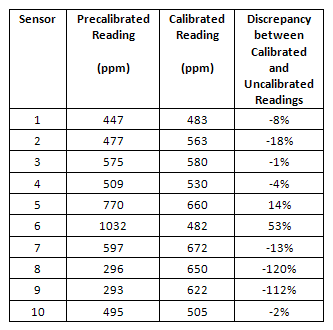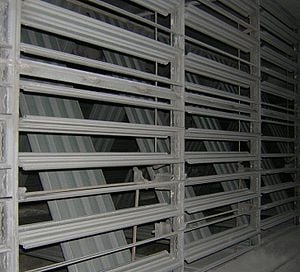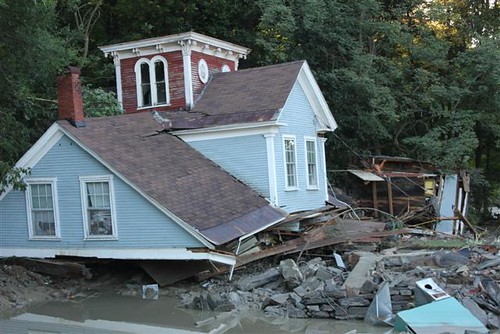The Importance of Sensors
A DDC system is programmed to control all of the HVAC equipment in the building. In the central plant equipment, an outdoor air temperature sensor determines if the building is in cooling or heating mode, a flow meter measures how much hot or chilled water is being supplied, and a liquid temperature sensor regulates the hot and chilled water supply temperatures. Within the conditioned spaces, a thermostat measures the room temperature and sends a signal back to the air handling unit to dictate if hot or cold air is required. A temperature sensor and an air pressure sensor determine how much conditioned air is being supplied and at what temperature.
If any of these sensors are out of calibration, the control system cannot provide the correct conditioned air and employees are left uncomfortable, unproductive and unhappy. If it is a manufacturing facility, process equipment can be out of spec and the result can be costly problems with equipment or production.
An Example of Uncalibrated CO2 Sensors
This table reflects the results of ten CO2 sensors in an office building we recently commissioned. As is shown, 40% of the precalibrated out-of-the-box sensors were in within 10% of the actual CO2 levels in the rooms. The remaining 60% ranged from under-representing the CO2 levels by 120% to over-representing the levels by 53%.
The ramification of this misalignment ripples down from this sensor, through the air handling unit that serves this space, to the central plant supplying the conditioning of the hot or cold water. If we take Room #8 as an example: the CO2 sensor shows a level 120% below the actual level. Most air handler controls are set up to close the damper supplying ventilation air to the room when CO2levels are below approximately 500ppm. In this case, the sensor was showing 296ppm when it was really 650ppm. The air damper should have been open at this time and fresh ventilation air should have been supplied to the space. With the sensor as it is, however, the level will have to almost double before the fresh air damper will open. To the room occupant(s), this space will feel stale and uncomfortable.
The other extreme is also problematic. Looking at Room #6, we see this uncalibrated sensor is reading approximately twice the actual CO2level in the room (1032ppm instead of 482ppm). This means the room is receiving ventilation air when it does not need it. The DDC is programmed to close the fresh air damper to
this room when it is unoccupied (CO2 levels below 500ppm), saving energy and runtime on the equipment. This sensor, however, is sending a signal that the room is occupied. The DDC, therefore, responds by asking the air handling unit serving this room to bring in more ventilation air. The unit has to cool or heat this air, meaning the chiller or boiler is called on to provide chilled or hot water to this air handling unit and either chilled or hot water pumps are programmed to circulate this water to the air handler. This one erroneous call for fresh air is causing the entire system to operate unnecessarily.
Calibration is a Small Price to Pay
Sensors are often out of calibration from the factory and can go out of calibration over time. Calibrating HVAC and Lighting system sensors is a small task for a controls contractor or a commissioning agent and can hold important savings for the building owner. Savings are seen in energy cost reduction as well as a decrease in employee comfort issues, process control issues, and equipment maintenance cost.






